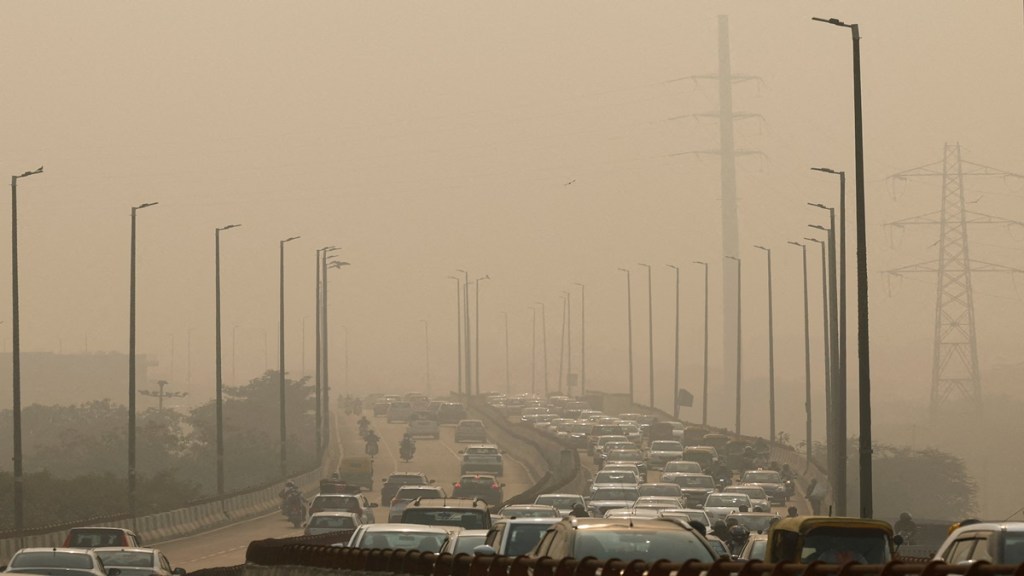Roll down the window of your bullet-proof car, Mr Prime Minister. The security threat is not the gun; it is the air of Delhi.” This was the headline of the public advertisement the Delhi-based Centre for Science and Environment (CSE) issued some 24 years ago. It was the CSE, again, which termed Delhi’s pollution as nothing but “slow murder”. Unfortunately, the situation has deteriorated since then, as is evident from the fact that the nation’s capital city has once again turned into a gas chamber with the Air Quality Index in a race to the bottom. Meanwhile, the familiar script is playing out: authorities claiming stubble burning has come down due to their “exemplary” work and politicians slinging mud at each other, hoping people have short memories. The apathy of all stakeholders to a disaster that is already upon us is sickening. Have we all forgotten that our right to clean air has to be non-negotiable?
The Central Pollution Control Board started maintaining air quality data in 2015. On Monday, the AQI deteriorated to 494 — on a par with the city’s most polluted day recorded on November 3, 2019. Five years and dozens of Supreme Court orders later — and despite stringent measures on days when the AQI is in the severe and severe+ zone — Delhi appears to be back to square one. People are being rushed to hospitals with asthmatic attacks even as a sizeable section of the population — those who can afford to — are staying indoors to avoid “slow murder”. And all this, after the Delhi government told the National Green Tribunal about three weeks ago that it was implementing its 21-point winter action plan involving about 30 government departments to “mitigate” air pollution. The bluff has been called by the apex court.
Official data shows a sharp fall in the stubble burning incidents in the northern states this season, but experts have questioned the accuracy of the data gathered via satellite surveillance. There are limited windows for capturing data which farmers have started to avoid. But to be fair, stubble burning accounts for roughly 2.4% of the NCR’s bad air, according to an assessment done by Pune’s Indian Institute of Tropical Meteorology. Another study carried out by the Indian Institute of Technology Kanpur at the behest of the Delhi Pollution Control Committee had identified top contributors to the air’s particulate matter (PM2.5 and PM10) as road dust (56%), concrete batching (10%), industrial discharges (10%), and vehicular emissions (9%). The smoke from burning of garbage and bonfires by people to warm themselves in winters further aggravates the situation.
Some of this can be tackled only if politicking gives way to honest and coordinated attempts at problem-solving. The National Capital Region (NCR) is fast becoming a National Catastrophic Region as the Centre and governments in three states and one Union Territory can’t work together to get a handle on the issue. Consider the name-calling they have been indulging in. While the Bharatiya Janata Party is blaming the Aam Admi Party for its incompetence and indifference towards pollution in Delhi, the latter is paying the same compliments to the central government. Meanwhile, as the pollution level continues to remain high, a thick froth of toxic foam continues to float in sections of the Yamuna river. Politicians must realise that they risk getting submerged in that if they continue to be blind to ordinary citizens’ misery year after year.


